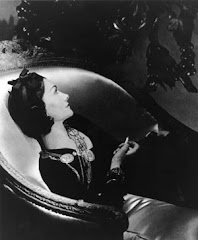
In 1979 I went to a meeting Vancouver and heard thrilling accounts from Iranian socialist feminists about how they donned the chador to organise the revolution and depose the Shah. One cynic asked if they would be able to take the chador off again and was quickly shushed. I wonder where those Iranian feminists are today.
In 1996 I visited Iran on assignment for the Guardian. One small detail of life there I observed was that it was women in their forties and older , women who had been in their twenties and up before the revolution, who had managed to tweak and subvert the dress codes and were the most fashionably dressed. Invited to attend a wedding in Isfahan, where there were two, segregated receptions, the women without their black cloaks were dressed in a riot of colour, spangles and low bosoms.
A doctoral student at the University of Tehran who was working with the team that was bringing the internet in Iran told me that the internet would be the undoing of the regime.
The Guardian has been doing a fine job of providing live rolling coverage of what is going on which you can read here
In the same paper, Azadeh Moaveni writes of the Ahmadinejad era:
Late that summer, authorities launched a full-scale campaign of intimidation against young people they accused of un-Islamic appearance. Within a few short weeks, police detained 150,000 people, and all the women in my life went out to buy the shapeless, long coats that we had worn back in the late 1990s. Though the campaign targeted young men as well, authorities singled out women with particular brutality. The government's disdain for women increased by the day. Though Iranians fretted about the impact of western sanctions, the government turned its attention to a bill that would facilitate polygamy. Soon after, it announced a plan that would supposedly solve Iran's marriage crisis. It called the scheme "semi-independent marriage", and it amounted to a hollow version of the institution that would secure men legal and piously sanctioned sex, while denying women the security and social respectability of conventional marriage. On internet news sites and newspapers, women reacted scathingly. A girlfriend of mine, whose English classes had recently been segregated by gender, complained the government was imposing seventh-century rules on modern women
